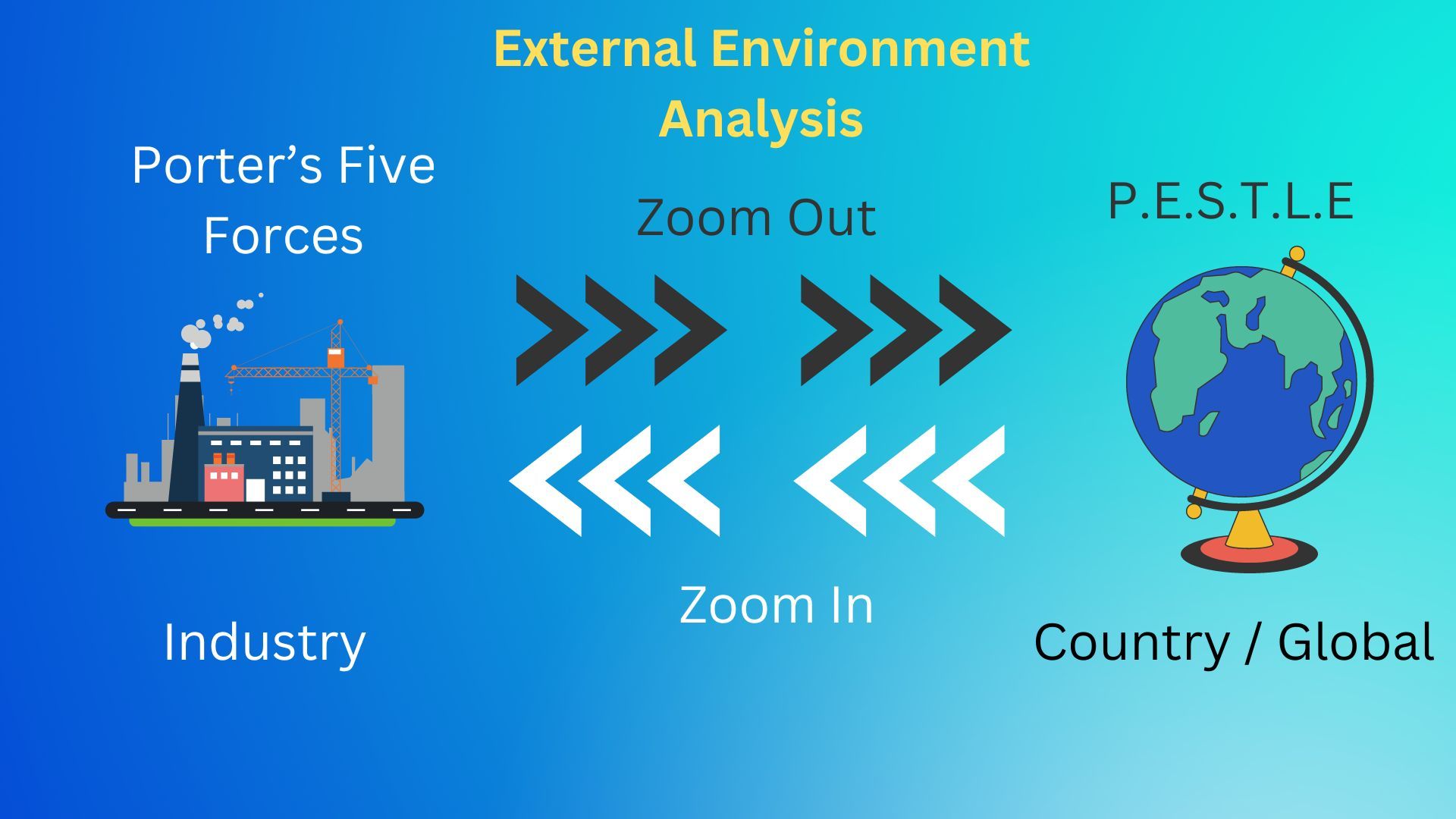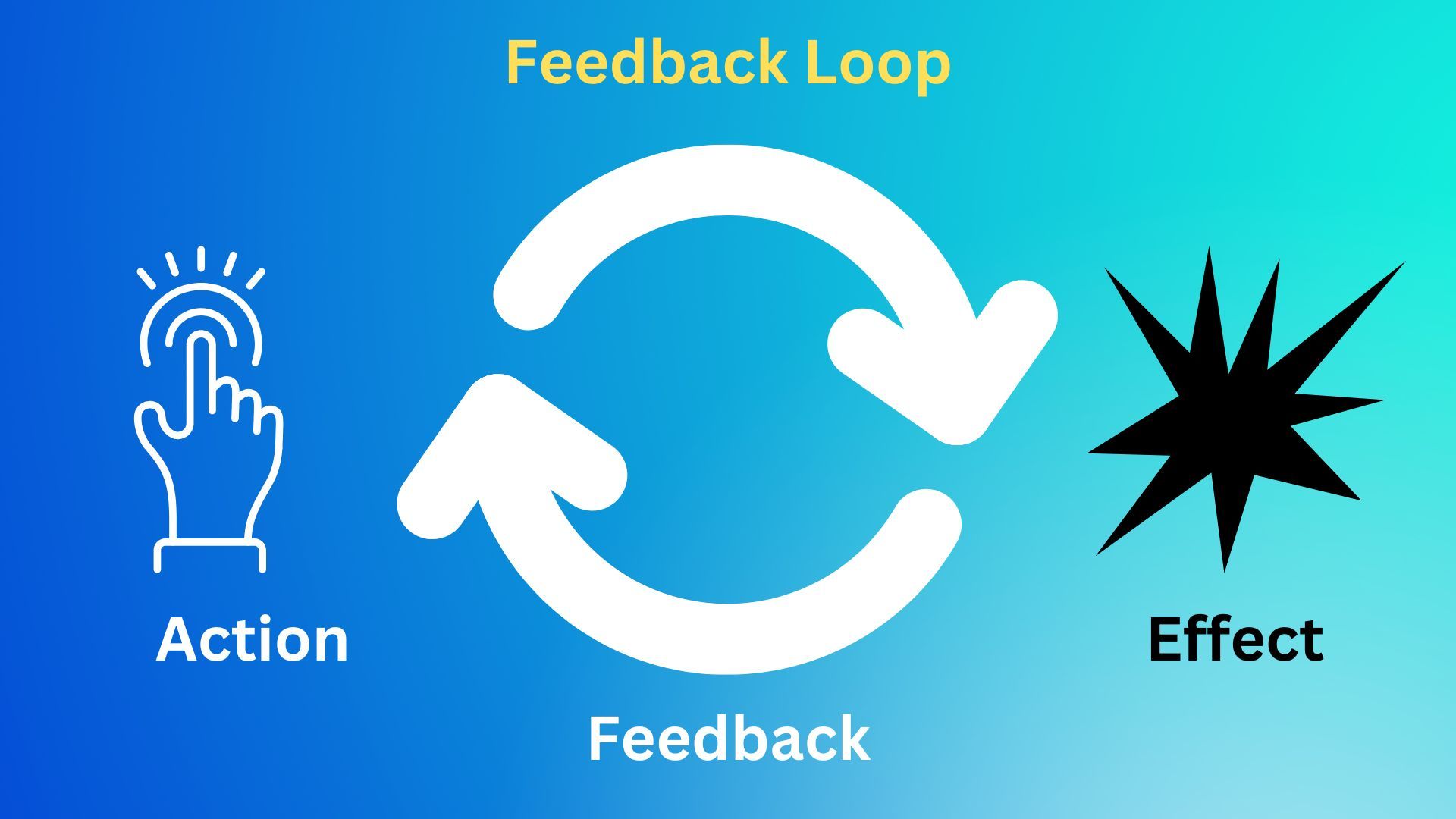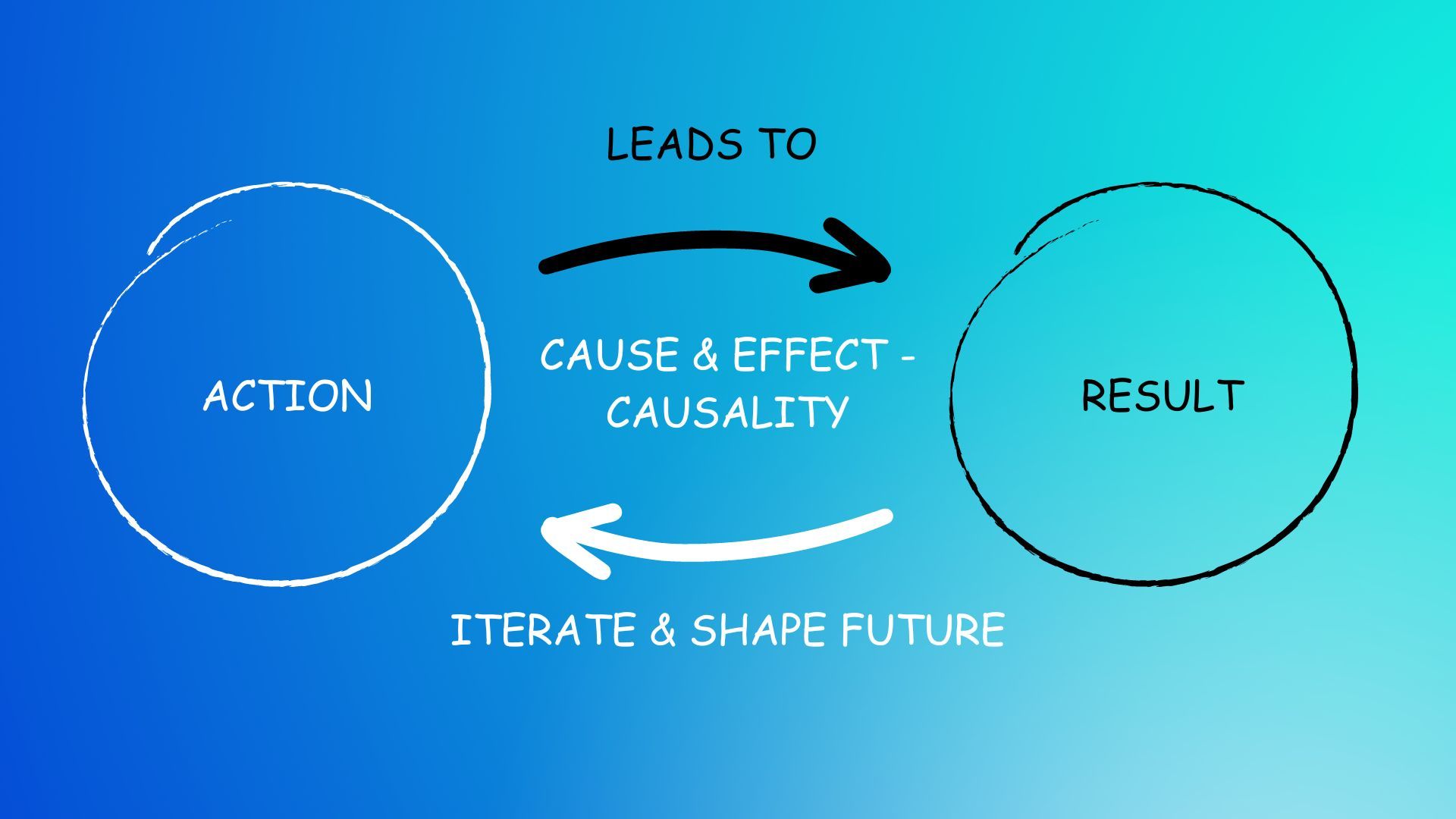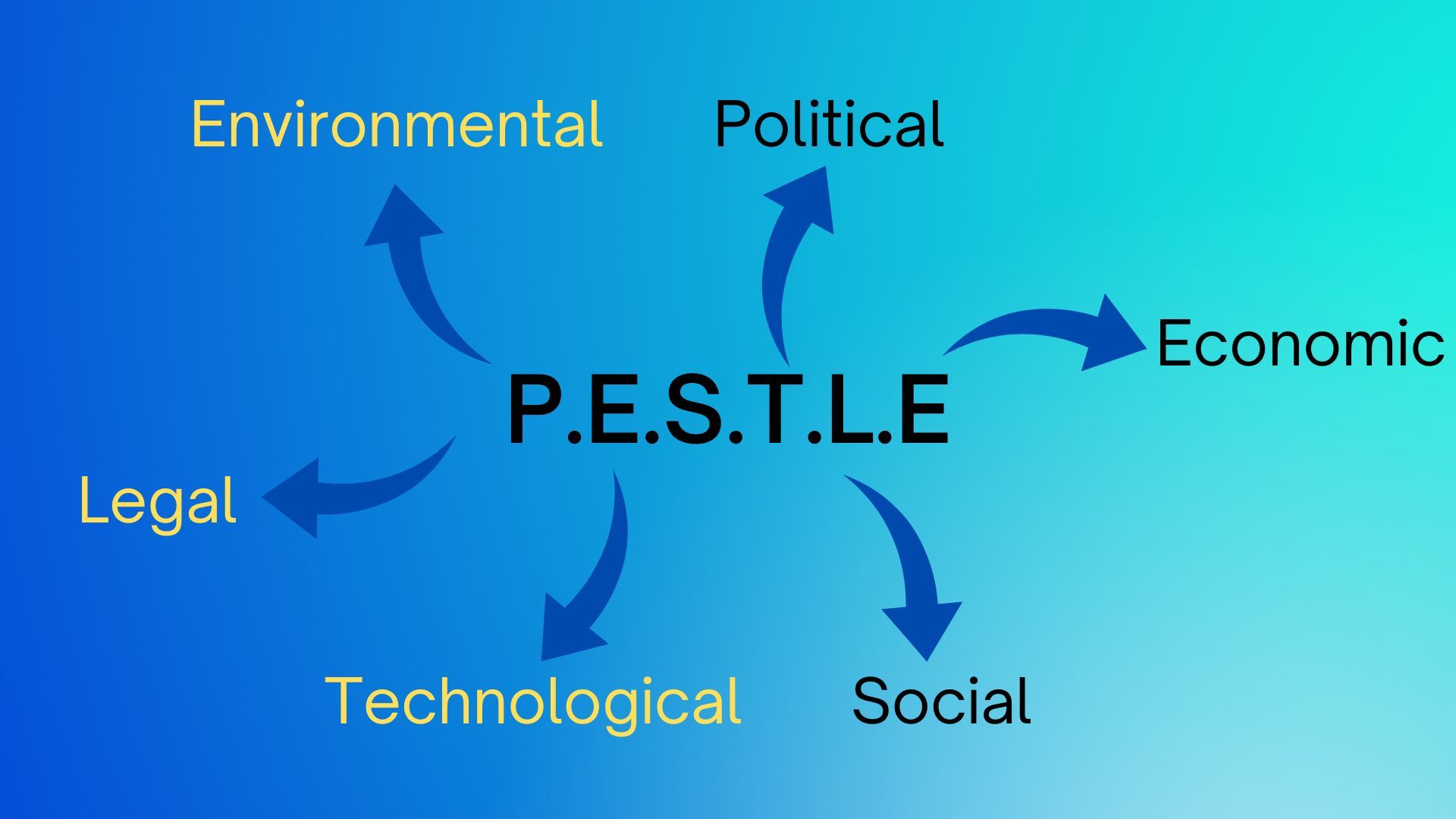Strategy Byte - Week 10 : Explore the Landscape

Table of Contents
- Recap
- Framework for External Analyis
- Systems Thinking
- Feedback Loops
- Causality
- Tool # 1 - P.E.S.T.L.E
Recap
Last week, we defined External Environment as where a company deploys it's competitive advantage & tries to earn an economic return over & above it's competitors when serving customers in the best possible way. It is the Where to Play as defined by Roger L Martin in his book Playing to Win.
Why do we analyze the External Environment?
There are industry or market forces within the control of an enterprise & also outside it's control. It is critical to understand these forces & how they affect the environment where the company chooses to play & in turn, the choices it makes, meaning it's impact on the company's strategy.
We then defined competitive landscape & introduced the concept of Zooming in & zooming out when we analyze the competitive landscape as:
- Zoom Out where we start from industry & move up to Global environment &
- Zoom In where we start from Global environment & move down to industry
Let us move forward.
Framework for External Analysis
Framework
Let us lay out the framework for External Environment analysis. We will start from Country / Global Environment using P.E.S.T.L.E with a focus on Economics, especially certain key macro economic variables & then zoom in to Industry using Porters Five forces.

Before we dive into tools & concepts, one question - What should be our thinking process when we go about it all?
We need to understand a bit of Systems Thinking.
Systems Thinking
Understanding the forces that impact the External Environment or competitive landscape is critical. But it does not stop there. It is important that
- We understand the economic variables impacted by these forces &
- We then analyze the impact of the changes in these variables to the global environment, industry or business in which a company operates. What effect can result from these changes & forces? What should a company do in face of such changes.
This calls for a way of thinking called Systems Thinking.
What is Systems Thinking?
Systems Thinking is a vantage point from which you see a whole, a web of relationships, rather than only focusing on the detail of any particular piece, Events are seen in the larger context of a pattern that is unfolding over time.
Systems Thinking is a perspective of seeing & understanding systems as wholes rather than as collection of parts. A Whole is a web of interconnections that creates emerging patterns.
(Source : here)
This is a vast subject in itself, but we will touch upon on two key aspects for our purpose :
- Feedback loops
- Causality
Feedback Loops
We are all familiar with feedback loops.
- An action is initiated.
- We get feedback on the action through the effect of our action
- Based on feedback, we iterate to improve or correct the action
- Rinse & Repeat

As a simple example, generally when
- Inflation is high & above Central Bank target rate
- Central Banks raise interest rates
- High Interest rates increases cost of borrowing & reduces economic activity
- Reduced economic activity reduces spending by Individuals & Firms.
- Bringing down inflation
- Central Banks reduce interest rates to increase economic activity & so on.
Causality
We are also familiar with cause & effect relationships. The importance of understanding cause & effect relationships has also been propounded by Ray Dalio in various posts.
Causality as a concept in systems thinking is really about being able to decipher the way things influence each other in a system. (Source : here)
Feedback loops & causality are related in that understanding feedback loops is about gaining perspective on causality - how one thing results in another thing in a dynamic & constantly evolving environment.

Applying the above to our purpose of External Environment Analysis :
- Use dynamic feedback loop to understand events as it unfolds in the world markets & understand the causality surrounding those events.
- Analyze unfolding global trends as a cause-and-effect system shown as feedback loop & identify key feedback loops impacting your business.
- Use the PESTLE model to identify key global trends & build a narrative from them that translates insights into business opportunities or understanding risks.
Tool # 1 - P.E.S.T.L.E
We start from the big picture between global events & country parameters. Let us start with a very common tool called PESTLE used to analyze the below key parameters in external environments :
P - Political
E - Economic
S - Social
T - Technological
L - Legal
E - Environmental

Political

This involves analyzing a country's political landscape to see whether the conditions are conducive to start business or expand business or does the situation warrant an exit from the country. It is important to always keep one eye on political developments & do a risk analysis based on certain key parameters impacting the business to ensure the risk is mitigated. Political developments can also mean new opportunities. So, this is a very important variable in the external environment to keep an eye on.
Economic

This involves analyzing a country's economic landscape to see whether there is scope for expanding business or starting a new business or does it warrant exiting the country altogether. Economics is a vast field. So we will focus on certain key variables that are tracked regularly depending on their importance in understanding global macroeconomics.
In the coming weeks, we will discuss certain key macro-economic parameters that are tracked to understand a country's economic status & also it's interactions with other countries through trade & capital investments.
Social

This involves analyzing a country's social trends vis-a-vis the company's products or services. Each country has a distinct mindset, traditions, values & norms. These factors affect the sales of products or services. Some questions to ask may be :
- Are the social trends going in a direction making it easy for the company to sell & improve it's products or services in the future? If not, what needs to be done to ensure the company's products or services remain relevant in the new social order?
- What are the key trends driving the market now?
- How long will those trends last?
- What are the underlying factors driving those trends & what is driving those underlying factors?
Technological

The rate of technology advancement in recent times is nothing short of mind boggling. Technology accelerates societal changes & also is a key driver in improving productivity which in turn improves a country's performance vis-a-vis rest of the world. Technology not only accelerates social change but also can be a disruptor to lives depending on how many lives were impacted by these disruptions.
Identifying & keeping up with latest advancements in technology is key as certain disruptions can even leave companies with no option but to wind up.
Legal

A firm must consider the legal & regulatory environment where they intend to set up or expand their business & the depth of their legal system to ensure there is rule of law & adequate legal protections are afforded to their local businesses. It is not only the laws as such that are important but also the implementation mechanism. The courts should have independent powers & ensure the rule of law is implemented without fear or favor.
Environmental

Environmental factor has never been more critical than now. Our planet is on the verge of a tipping point. Any decisions taken on running a business, expanding a business or setting up a new business has to be considered after taking into account environmental factors. It has to be ensured that any measures undertaken are sustainable without impacting the environment in a negative way. The related local, national & international laws have to be considered along with perception around this issue in that country.
All the above factors need to be considered holistically to ensure proper navigation around key events & implementation of strategy.